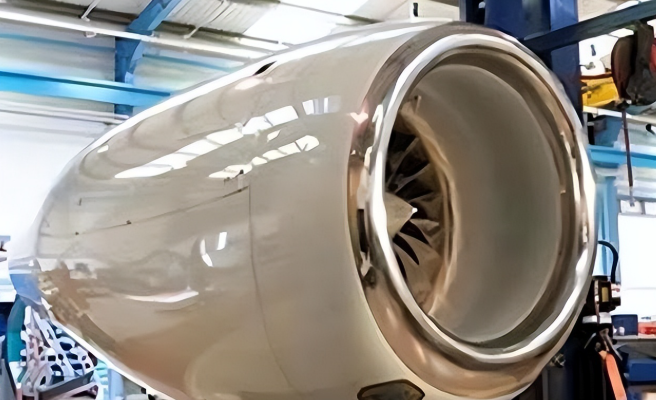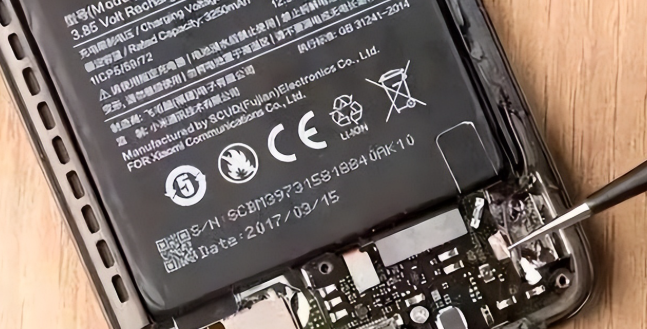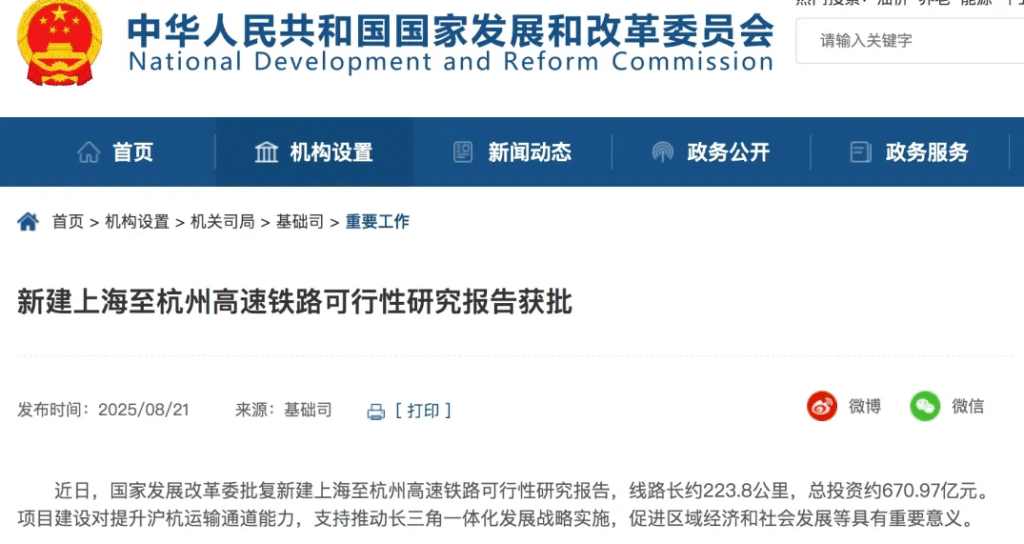When people talk about China’s “choke points” in technology, the usual suspects — lithography machines, operating systems, and semiconductors — are often mentioned. Yet these are merely the visible symptoms of a deeper problem. Beneath the surface lies a dense web of technological dependencies that continues to challenge the world’s second-largest economy.
Over the past two decades, China has grown into a manufacturing powerhouse, producing more smartphones and automobiles than any other country. But when it comes to core technologies, the story changes. In many areas, China still depends on foreign know-how and critical components — a vulnerability that became glaringly evident after the 2018 ZTE sanctions incident, when U.S. export controls brought one of China’s telecom giants to its knees.

By 2018, Chinese media identified 35 key technologies where the nation remained dependent on imports. Five years later, progress has been made, but the dependency remains stubborn in several critical fields. These gaps persist not because of a lack of funding or ambition, but because the most advanced technologies require decades of accumulation, talent, and complete industrial ecosystems — all of which cannot be built overnight.
Lithography: The Heart of Chipmaking
Lithography machines are at the core of semiconductor fabrication. The finer the precision, the more advanced the chips produced. China’s most sophisticated domestically produced lithography machines can currently achieve around 90-nanometer resolution, which is a remarkable achievement — yet still far from the 5-nanometer standard set by the world’s leader, ASML of the Netherlands.
ASML’s dominance stems from its EUV (extreme ultraviolet) technology, which relies on precision optics, laser systems, and materials engineering of extraordinary complexity. In contrast, China’s domestic market for lithography equipment exceeds 20 billion yuan, but its localization rate is barely 2.5%.

As of 2025, the global lithography market has surpassed $23 billion, with China representing a rapidly growing share of demand. However, with the U.S. and its allies tightening export restrictions, supply chain vulnerabilities remain. Efforts by domestic firms such as Shanghai Micro Electronics Equipment (SMEE) have made headway, but catching up to ASML may still take several years.
Operating Systems: The Invisible Barrier
While China’s smartphone market thrives, its dependence on foreign operating systems is nearly absolute. Android holds roughly 85% of the global market, iOS around 14%, leaving little room for alternatives.
Huawei’s HarmonyOS, launched in 2021, has gained hundreds of millions of users domestically, yet it remains largely confined to the Chinese ecosystem. The challenge is not only technical — it’s about ecosystem inertia. Developers and users have deeply embedded habits around Android and iOS, making it difficult for newcomers to gain traction.

In the desktop and server markets, domestic systems like UOS and Kylin have found some success in government and state-owned enterprise deployments, supported by China’s “Digital China” strategy. The overall operating system market reached 101 billion yuan in 2022, growing steadily at 7.8% per year. However, global competitiveness remains limited.
The reality is that an operating system is not just software — it’s the soul of digital infrastructure. Without mastery in this layer, hardware independence alone cannot ensure technological sovereignty.
Semiconductors: The Persistent Core Challenge
China is the world’s largest chip consumer, but its manufacturing capabilities still lag behind. Domestic champions like HiSilicon and UNISOC have proven capable in chip design, yet production still depends heavily on foundries such as TSMC and Samsung.
After U.S. export restrictions targeted Huawei and SMIC, progress slowed significantly. SMIC has made breakthroughs — reports in 2023 suggested limited 10-nanometer trial production using advanced DUV systems — but stability and yield remain issues.

The problem is not only equipment, but also materials: ultra-pure silicon wafers, photoresists, and other high-end inputs remain dominated by suppliers from Japan and the United States. In terms of patents, the U.S. holds ten times more semiconductor-related IP than China.
Nevertheless, pressure has accelerated domestic innovation. The return of Huawei’s Kirin chip in 2025 demonstrated how sanctions can become a catalyst for self-reliance. Still, high-end chip self-sufficiency remains below 20%, leaving a major gap in China’s long-term industrial security.
Aviation and Heavy Machinery: Gaps Beyond Semiconductors
The problem extends far beyond electronics. Take aircraft engine nacelles — a critical component that encloses the engine, reduces drag, and prevents icing. These account for about 25% of an engine’s cost, yet China remains reliant on imports from GE and Rolls-Royce.
The C919 jet project marks a milestone for China’s aviation ambitions, but key systems like the nacelle and core engine components remain foreign-made. The issue lies in high-temperature materials and precision manufacturing — areas where China still lacks long-term expertise.
In heavy-duty gas turbines, used in power generation and locomotives, China’s capabilities are still developing. Firms like GE, Mitsubishi, and Siemens dominate the global market. Despite progress in lighter turbines, the hot-end component technologies remain off-limits under export restrictions, constraining China’s energy security.

Industrial Robotics and Advanced Manufacturing
China has been the world’s largest industrial robot market for five consecutive years, but its dependence on imported core sensors and control algorithms is still significant. For instance, high-end tactile sensors from Japan can cost over ¥100,000, while local equivalents are less than ¥100 and perform far below global standards.
The same applies to OLED deposition equipment, where Canon Tokki of Japan maintains a near-monopoly with tolerances under five micrometers. China’s panel makers rely heavily on these imports, and any disruption in supply could halt production lines.
RF components — essential for smartphones — tell a similar story. While China leads in phone manufacturing, high-end filter materials and production processes are still controlled by U.S. firms like Skyworks, Qorvo, Broadcom, and Qualcomm.
The Long Tail of Dependence: From Materials to Software
In pharmaceuticals, iCLIP sequencing technologies remain dominated by Western research. High-strength steels, aviation-grade bearings, and precision instruments are still partially dependent on imports. EDA software, the backbone of chip design, is controlled by Cadence, Synopsys, and Siemens EDA, which together hold over 70% of the global market.
Even in ITO target materials, essential for display manufacturing, China’s self-sufficiency is around 50%, constrained by equipment size and production yield. Similarly, in medical imaging components, U.S. companies hold ten times more patents than their Chinese counterparts.
Despite progress — official reports in 2023 noted that 22 out of 35 “choke-point” technologies had achieved significant breakthroughs — roughly a third remain constrained, particularly in semiconductors, lithography, and advanced materials.

Why These Bottlenecks Persist
Three main factors explain why these challenges endure:
- Late start and fragmented R&D — China’s modern industrial base developed decades later than those in the U.S., Japan, or Europe.
- Patent barriers and global IP protection — high walls built through decades of accumulated innovation.
- Talent and ecosystem gaps — advanced technology requires not just scientists but supply chains, precision manufacturing, and standards frameworks.
Geopolitical tensions have also intensified constraints. The U.S. “entity list” and coordinated export bans have forced China to pursue indigenous innovation at an unprecedented pace.
The Road Ahead: From Catching Up to Competing
Yet adversity has also inspired resilience. Huawei’s HarmonyOS and Kirin chips, breakthroughs in high-end bearings, and the gradual localization of heavy turbine components are examples of steady progress.
China’s government continues to invest heavily in “core technology” initiatives, linking universities, research institutes, and private enterprises. By 2025, China claims to have achieved breakthroughs in 85% of identified critical technologies, and has used rare earth export controls as leverage in global tech negotiations.
In semiconductors, the country’s three-year AI chip plan aims to surpass Nvidia’s A100 performance benchmark by 2028. Meanwhile, new emphasis is being placed on energy equipment, robotics stability, and medical technology patents — all key to reducing reliance on foreign suppliers.
However, the transition will not be quick. Nearly 90% of high-end scientific instruments and precision machine tools are still imported, and advanced materials like high-performance alloys and specialty fibers remain strategic bottlenecks.
Ultimately, China’s technological rise will depend less on capital and more on patient accumulation — building a foundation of research, materials science, and engineering expertise. The goal is no longer mere substitution but long-term independence within a globally integrated ecosystem.
References
- Data from Chinese Ministry of Industry and Information Technology (MIIT), 2022–2025 reports
- Industry media: Caixin, Nikkei Asia, Science & Technology Daily



